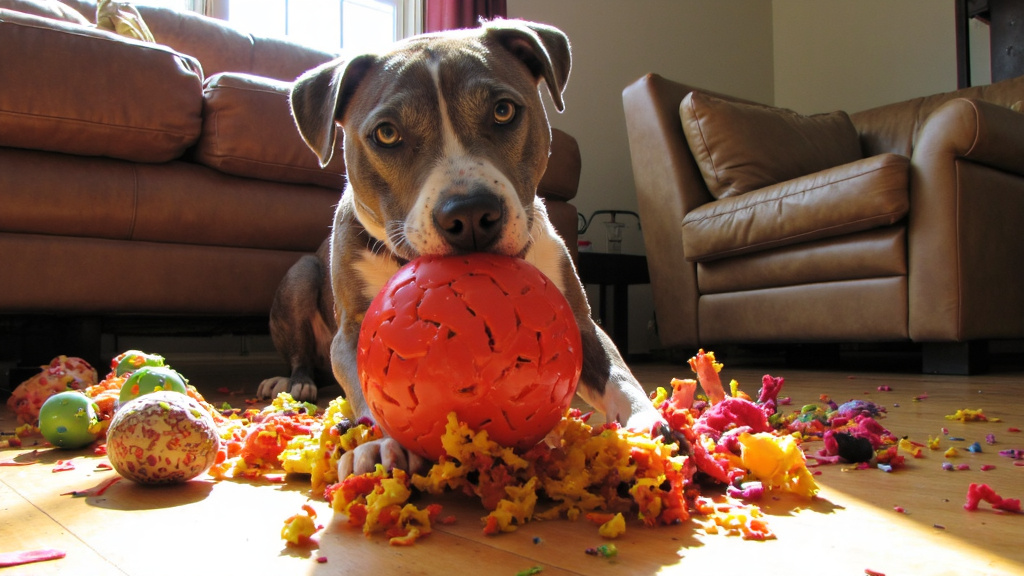
Dogs with powerful jaws require specially engineered toys built with military-grade rubber compounds, reinforced nylon, or specialized composites. Manufacturers like Kong, Goughnuts, and West Paw have developed dedicated lines using industrial-grade materials specifically designed to withstand intense chewing forces.
Truly tough toys do more than save money – they protect your dog’s safety. When standard toys break apart, dogs often ingest pieces that can cause intestinal blockages requiring emergency surgery. Investing in genuinely indestructible toys isn’t just economical—it helps prevent potentially life-threatening situations and costly emergency vet bills.
What Makes a Dog Toy Truly Indestructible?
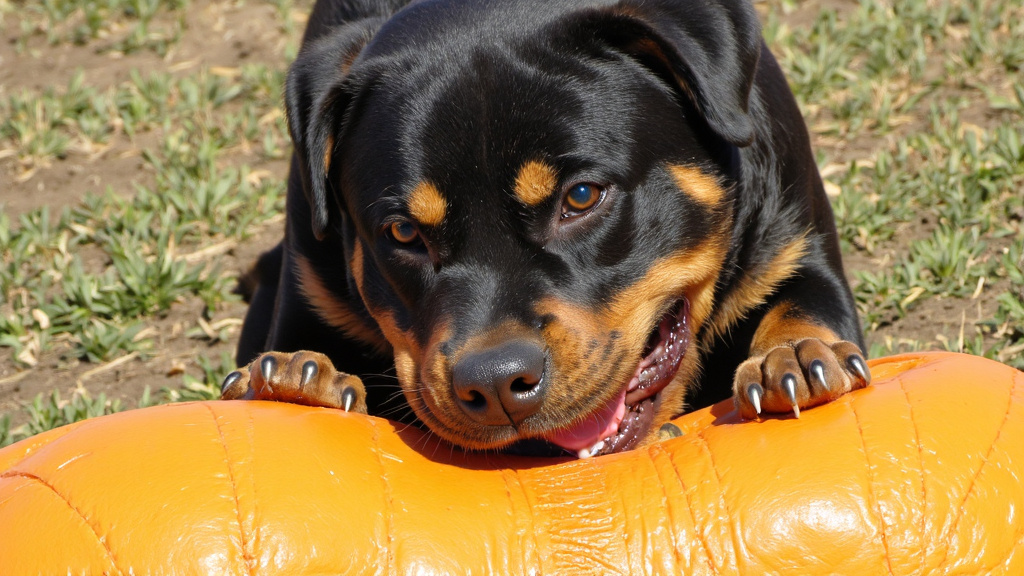
When your dog destroys a new toy within minutes, it’s frustrating. While no toy is eternally indestructible, certain materials and construction techniques create remarkably durable options that withstand aggressive chewing.
The engineering behind tough dog toys combines specialized materials science with an understanding of canine jaw mechanics. Today’s most durable toys are developed by experts, including rubber chemists, who optimize both material composition and structural integrity.
Superior Materials Matter Most
Natural rubber compounds offer exceptional resilience while remaining safe if small pieces are accidentally ingested. The Kong Extreme line uses a specialized black rubber formula that’s significantly more puncture-resistant than standard red rubber.
Reinforced nylon stands among the toughest synthetic materials. Benebone products demonstrate nylon’s durability, lasting months under aggressive chewing when similar plastic toys fail within days. The material maintains integrity even as surface micro-abrasions develop.
Some manufacturers combine materials for enhanced strength. West Paw’s Zogoflex blends recyclable plastic polymers to create a flexible yet nearly indestructible substance that bounces, floats, and withstands remarkable bite pressure.
Strategic Construction Techniques
Material quality requires smart construction. Single-piece molded toys eliminate weak seams where dogs typically begin destruction. The GoughNuts ring demonstrates this approach with its one-piece design that distributes bite force evenly.
For fabric toys, reinforced multi-layered stitching increases longevity. The Tuffy Mega Ring uses seven layers of material with quadruple-stitched seams to create an exceptionally durable soft toy.
Manufacturers have developed proprietary construction methods that outperform traditional designs. Planet Dog’s Orbee-Tuff material uses specialized molding to create varying density between the outer layer and core, providing both satisfying give and impressive strength.
Thoughtful Design Elements
Smart design elevates good materials into great toys. Rounded edges prevent destructive initial grips. Strategic texture patterns direct chewing to reinforced areas while providing dental benefits.
Size significantly impacts durability. Properly sized toys prevent dogs from engaging their back molars, which exert maximum pressure. This simple consideration extends a toy’s lifespan considerably.
Temperature stability is crucial. Quality toys maintain their integrity whether frozen for teething relief or exposed to summer heat. Lesser materials become brittle in cold or dangerously soft in heat.
Which Types of Indestructible Toys Work Best for Different Dogs?
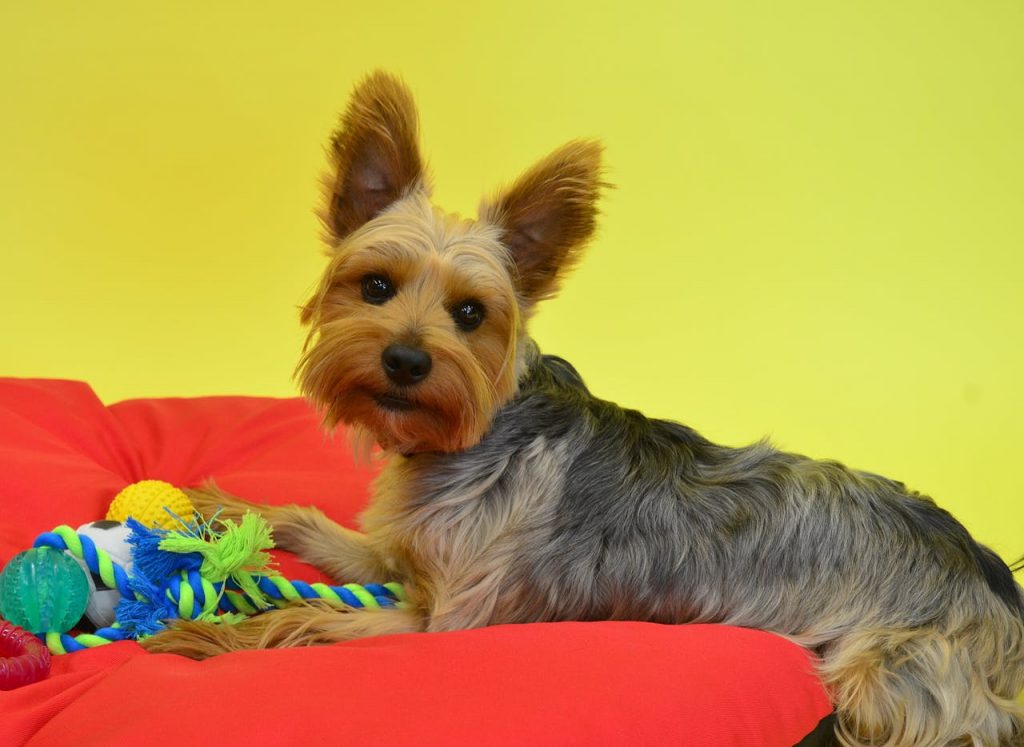
Understanding your dog’s unique chewing personality is essential for selecting the perfect indestructible toy. Dogs interact with toys based on their instincts, jaw strength, and individual preferences. Here’s how durable toys match specific chewing styles and play behaviors.
Power Chewers: The Persistent Gnawers
Power chewers—including breeds like Pit Bulls, Rottweilers, and German Shepherds—need toys designed for intense pressure. The Kong Extreme line’s dense rubber composition provides necessary resistance. These toys offer minimal give but maximum durability, with black rubber specifically engineered for strong jaws.
The Goughnuts MAXX 50 ring features a safety indicator system—when chewing reveals the red inner layer, it’s time for replacement. This addresses safety without compromising durability, making it ideal for dogs who typically destroy toys quickly.
Tuggers: The Pull and Shake Players
Dogs who love tugging need toys resistant to both pulling force and shake-and-tear motion. Reinforced rope toys with tightly woven fibers provide appropriate resistance. Proper thickness is crucial—thicker ropes maintain integrity through multiple play sessions.
The West Paw Zogoflex Bumi combines tugging flexibility with chew-resistant material. Its loop design allows comfortable gripping for both human and dog, distributing tension evenly across the toy.
Interactive Players: The Problem Solvers
Some dogs need mental engagement alongside physical durability. The Kong Wobbler, constructed from tough polymer, transforms meals into play while resisting damage. Its shape prevents solid chewing grips, extending durability.
Treat-dispensing toys with adjustable difficulty levels maintain engagement longer than standard chew toys. Their sturdy construction prevents direct access to rewards, encouraging problem-solving while providing a durable chewing surface.
Fetch Enthusiasts: The Retrieval Experts
Retrieval-focused dogs need toys that withstand chase excitement. The Kong Extreme Flyer offers superior durability to standard frisbees, with flexible rubber that protects teeth during catches. For water-loving retrievers, the Jolly Pets Romp-n-Roll combines a puncture-resistant ball with a rope for water retrieval.
The Goughnuts ball provides tennis ball bounce with enhanced durability. Its density prevents tooth penetration while maintaining satisfying carrying comfort.
Dental Chewers: The Oral Health Conscious
The Nylabone Dental Dinosaur features textures that reduce plaque and tartar while providing a durable chewing outlet. For moderate chewers, the Benebone Real Flavor Wishbone offers extended entertainment with natural food flavorings. Its curved design enables paw-assisted chewing for greater satisfaction.
Successful toy selection requires observation of your dog’s play preferences, including texture, sound, and activity choices. This understanding helps match durable toys to natural behaviors, ensuring longer-lasting play value and better investment.
How Do You Choose the Right Size and Style for Your Dog?
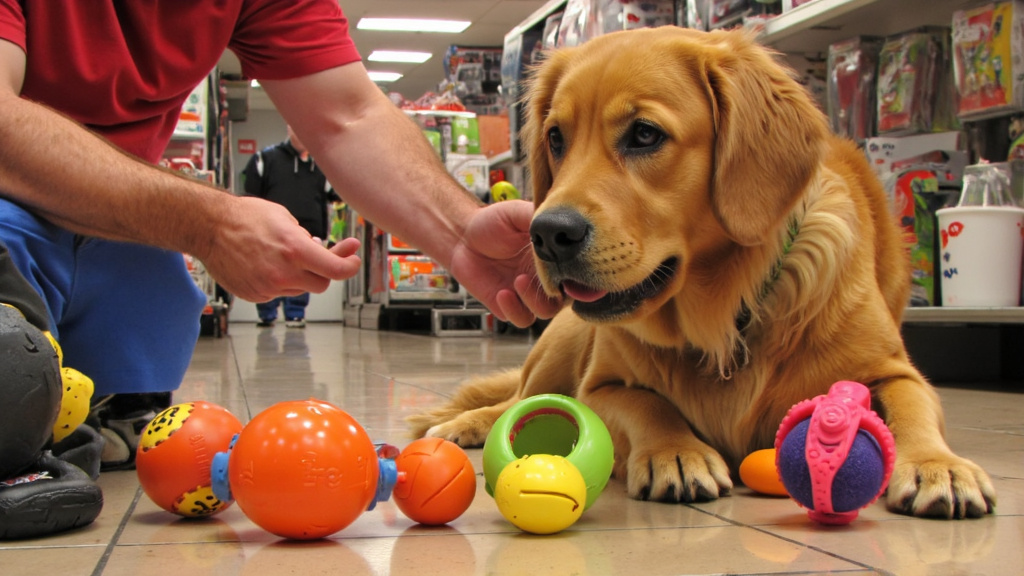
Selecting the perfect toy for your dog requires careful consideration of size and style. Dogs have specific preferences based on their physical attributes, age, and personality. Appropriate toy selection ensures safety and maximizes enjoyment.
Size Considerations for Different Breeds
Size mismatches can create dangerous situations. Large breeds like German Shepherds and Pit Bulls need substantial toys they can grip properly without risk of swallowing. These power chewers require toys with thicker walls and larger dimensions to withstand jaw strength exceeding 200 pounds of pressure.
For smaller breeds such as Chihuahuas or Yorkies, oversized toys are unwieldy and frustrating. These dogs need compact options they can comfortably carry and manipulate. Even within the “small dog” category, a Boston Terrier approaches toys differently than a Maltese, due to differences in jaw structure and play style.
Age-Appropriate Selections
A puppy’s needs differ dramatically from an adult dog’s. Teething puppies between 3-7 months need toys with varied textures to soothe irritated gums while satisfying their natural urge to chew.
Adult dogs with established chewing patterns require toys matched to their habits. Manufacturer weight-based guidelines serve as starting points. Your 60-pound Labrador who’s a gentle chewer may handle toys recommended for smaller dogs, while your 30-pound Cattle Dog might quickly destroy “large dog” toys.
Texture and Density Factors
Texture significantly impacts a toy’s appeal and safety. Toys with some give provide satisfaction without damaging teeth, while overly hard ones may cause dental fractures. Look for materials that flex but don’t easily puncture. Rubber compounds, specially designed nylon blends, and certain dense fabrics offer this balance.
Dogs that prefer to dissect toys might enjoy those with multiple textures or layers. Some toys feature softer outer sections with more durable cores. This design works well for intelligent breeds that become bored with simple toys.
Matching Play Style to Toy Design
Consider how your dog interacts with toys. Some dogs prefer carrying toys, others shake them vigorously, and some enjoy long chewing sessions. Retrievers often enjoy toys they can fetch and carry, while terriers may prefer toys they can “kill” with vigorous shaking.
For solitary chewers, dense rubber toys with treat-dispensing features provide extended entertainment. Dogs who play interactively might prefer tug-style designs with handles that allow for shared play without accidental nipping.
Practical Selection Tips
When evaluating toy options, follow these practical guidelines:
- The toy should be large enough that it cannot be swallowed or become lodged in your dog’s throat
- Watch for early signs of excessive wear and replace toys before they break into swallowable pieces
- Consider your dog’s dental health—extremely hard toys may not be appropriate for seniors or dogs with dental issues
- Rotate toys regularly to maintain interest and extend their lifespan
- Supervise play with new toys until you’re confident in their safety for your specific dog
Thoughtful toy selection creates safer, more engaging play experiences. The right toy provides mental stimulation, physical exercise, and satisfaction while preserving your dog’s dental health and preventing digestive emergencies.
What Safety Precautions Should You Take with Tough Dog Toys?
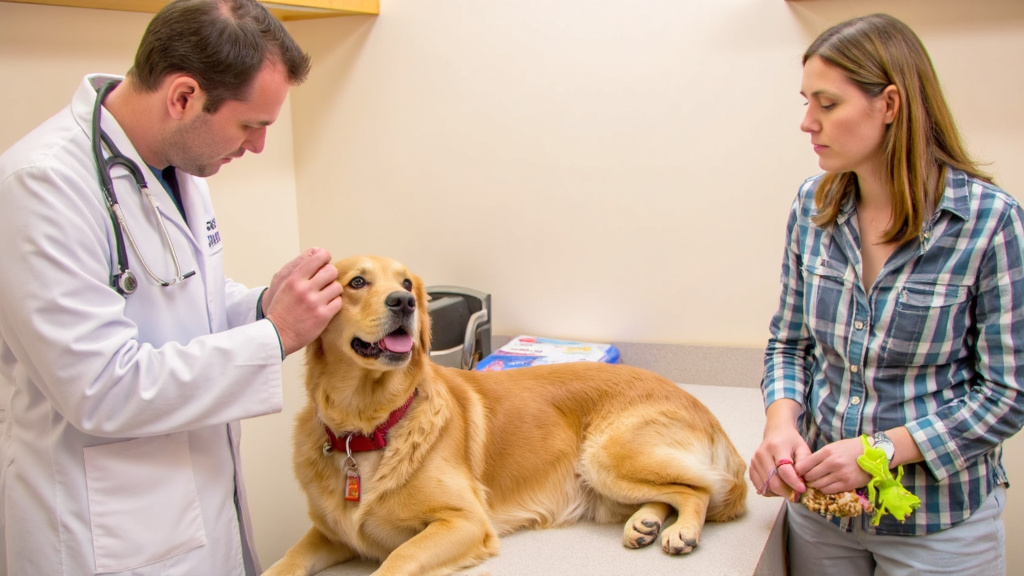
Watching your dog play with their favorite toy brings joy, but that powerful jaw strength can quickly transform even the toughest toys into potential hazards. No toy remains indestructible forever under determined canine teeth.
Regular inspection is your first line of defense against toy-related accidents. Dogs can deteriorate toys rapidly, especially those labeled as “tough” or “durable” which often encourage more aggressive chewing. A seemingly safe toy can develop dangerous sharp edges or loose pieces overnight.
Signs Your Dog’s Toy Needs Replacement
Examine your dog’s toys every few play sessions. Look specifically for these warning signals:
- Missing chunks or pieces that could have been swallowed
- Cracked or fractured surfaces that might create sharp edges
- Exposed inner stuffing or squeaker mechanisms
- Fraying rope strands that could be ingested
- Toys that have become small enough to swallow whole
Dr. Michael Stone, a veterinary internal medicine specialist at Tufts University, reports seeing multiple cases annually of digestive blockages from toy fragments. These emergencies often require surgical intervention, costing thousands of dollars and putting dogs through painful recovery periods.
Built-in Safety Features
Some manufacturers incorporate safety indicators into their tough toy designs. Goughnuts products feature a red inner core that becomes visible when the toy has been chewed to an unsafe level. West Paw uses their Zogoflex material with a specific durability guarantee, acknowledging when replacement is necessary.
These safety features aid monitoring but don’t replace your vigilance. Not all companies include such indicators, making regular inspection essential.
Supervision Matters More Than Marketing Claims
When introducing any new toy—especially for power chewers—observe how your dog interacts with it. Some dogs methodically dismantle toys in minutes, while others simply carry them around. Understanding your dog’s chewing style helps select appropriate toys and determine necessary supervision levels.
Different materials degrade uniquely. Rubber can crack and create sharp edges. Nylon can splinter into needle-like fragments. Rope toys unravel into strings that can cause intestinal entanglement. Each requires specific attention during inspections.
A Simple Safety Checklist
- Inspect toys before and after each play session
- Remove and replace any damaged toys immediately—no exceptions
- Size toys appropriately for your dog’s mouth
- Rotate toys regularly to prevent excessive wear on favorites
- Store toys safely when not in use to extend their lifespan
- Follow manufacturer guidelines for intended use (some tough toys aren’t meant for fetch, for example)
Veterinarians recommend a weekly “toy audit” routine to thoroughly inspect all toys. This practice identifies hazards and helps track wear patterns for better future purchasing decisions.
While we want our dogs to enjoy playtime fully, that enjoyment should never compromise safety. Regular inspection and prompt replacement prevent both heartache and considerable veterinary expenses.
Investing Wisely: Durable Toys and Smarter Safety for Power Chewers
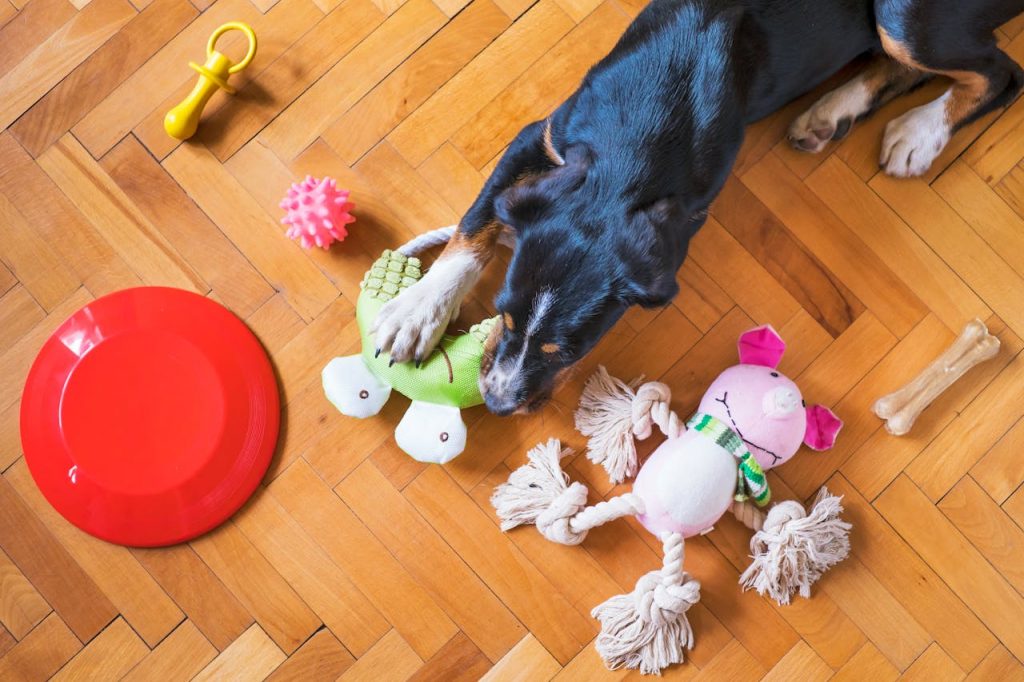
Selecting tough toys for power chewers is essential for both safety and enjoyment. Quality toys made with advanced materials and robust construction reduce choking hazards and prevent intestinal blockages. When you match toys to your dog’s specific chewing style and regularly inspect them for wear, you create a safer, more enjoyable playtime experience.
Advanced pet technology enhances your dog’s safety during active play. The Halo Collar’s GPS capabilities help monitor boundaries during outdoor activities, providing peace of mind whether your dog is playing in the backyard or exploring new areas. This combination of smart containment and play safety allows for more relaxed, confident interactions with your dog.
If you’re searching for more ways to balance safety and fun, explore our Dog Products page for expert advice and the latest gear recommendations.






